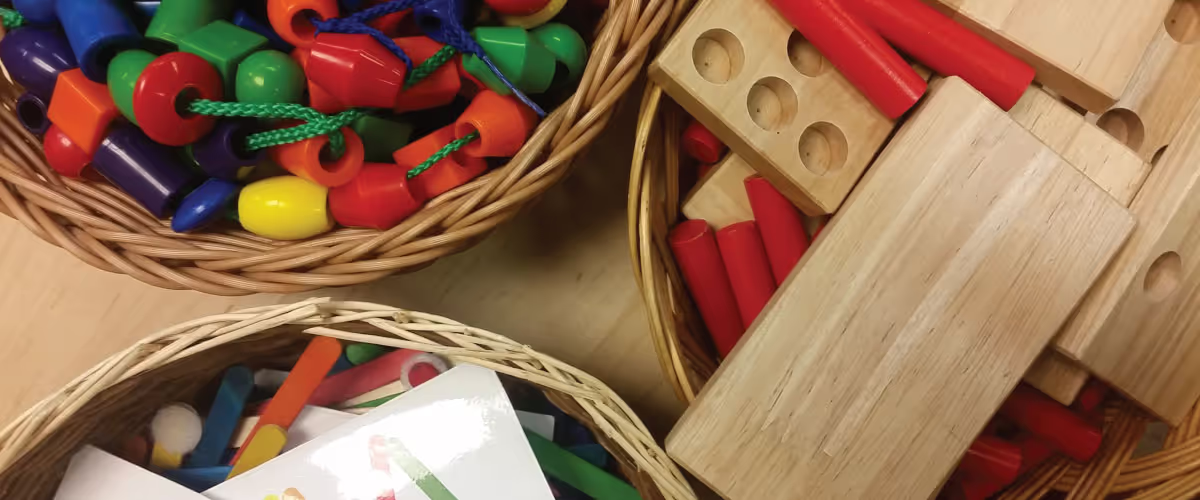
IEP stands for an Individual Education Program which is a term used frequently in K-12 education. For younger children, there are additional services available which are utilized at Child Crisis Arizona’s Early Head Start classrooms.
In Arizona, when an adult is concerned about a child’s development, they can be referred to the Arizona Early Intervention Program (AZEIP) for evaluation. Upon evaluation, if the child is determined to have a disability or developmental delay, they are provided with services through a legal document called an IFSP (Individual Family Service Plan). The IFSP is written with a parent or guardian and outlines the goals for the child, the quantity and duration of services to be provided, and who will provide those services. For children in our Early Head Start classrooms who have IFSPs, we encourage their various service providers to provide at least some of their services within our classrooms. We find that having providers come into the classroom to provide embedded intervention is not only helpful for children on the days when the therapist is there, but it also gives our teachers the opportunity to learn new strategies to support the child each and every day. When a therapist comes into our classrooms, they join the child in whatever they are doing that day. This is called “embedded intervention”. Embedded intervention means that the therapist is using intentional teaching strategies to address a specific learning goal within the context of everyday activities, routines, and transitions at home, at school or in the community.
Here is an example of what this might look like in the classroom for a child: Johnny has a developmental delay and receives Speech therapy once a week. His therapist comes to the center twice a month and goes into the home on the other weeks. When the therapist arrives at the center for her therapy visit with Johnny, she finds that Johnny is playing with two other children in the dramatic play area with play food items. Rather than take Johnny away from his activity to “do therapy”, the therapist joins Johnny and his peers in the dramatic play area. One of Johnny’s IFSP goals is to say and use the clear words like “more” and “mine” to express his wants and needs, so throughout the dramatic play experience, the therapist finds opportunities to repetitively model using these words with Johnny and his peers. She encourages Johnny to say these words to her or his peers when it is appropriate. The teacher is able to observe the strategies the therapist is using with Johnny and can also provide the therapist with input on how the child has been doing since the last visit. The therapist will often suggest something specific that the teacher could work on with the child between visits. This collaborative relationship with our Early Intervention service providers is helpful in getting as much impact out of the early intervention services as possible.
If you would like to learn more about our Early Head Start Program, please click here.